Herbs are incredible especially because they can turn a simple recipe into a culinary masterpiece. They add flavour, enhance taste, add a beautiful aroma, and have many nutritional benefits.
In this blog we discuss everything parsley, some fun and interesting history, nutritional information and an easy recipe to add more parsley into your life.
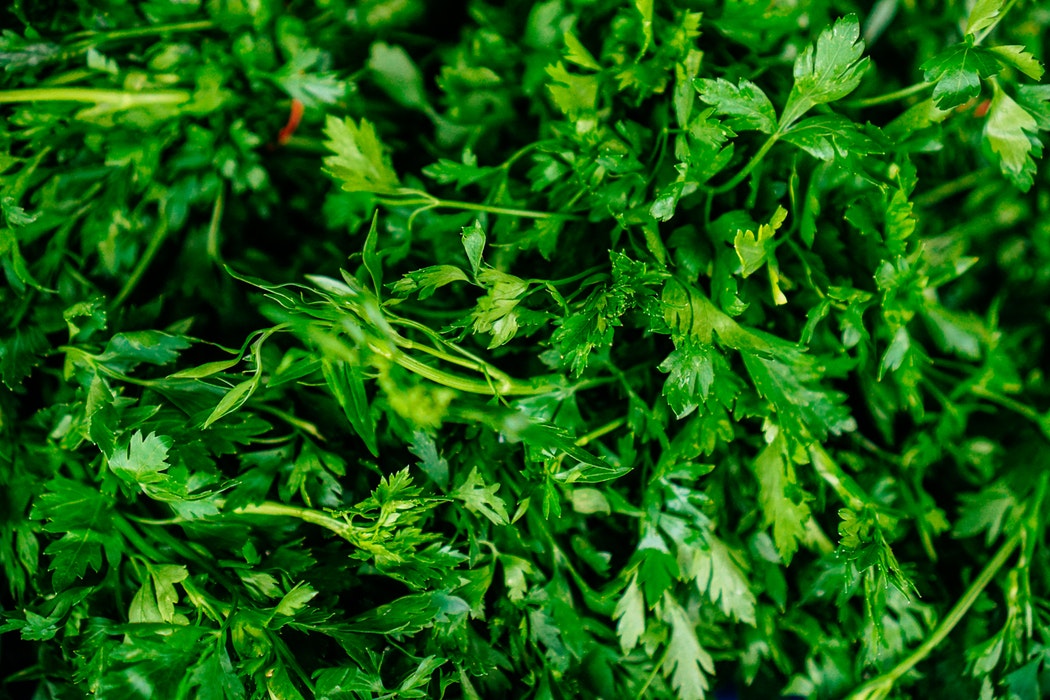
History and interesting facts:
The botanical name for parsley comes from the Greek word for stone as it was found growing on rocky hillsides in Greece.
Did you know that parsley was often associated with death? It has been used as funeral herb, used for grave arrangements. It is believed that the Romans placed parsley on corpses in order to help mask the smell of decomposition. The saying ‘in need of parsley’ means to be close to death. According to Greek mythology there was a young prince who was bitten by serpent and died. Parsley grew out of the blood pouring from the wound. The child was called Archemorus meaning the “forerunner of death”.
In contrast, it was also used in garlands by the Greeks to celebrate games winners. Pliny an Ancient Roman author, claimed that everyone enjoyed parsley and all dishes should be served with it.
Parsley takes longer to grow than other herbs (especially the germination phase) therefore it used to be believed that only witches could grow it.
Parsley is one of the world most used and loved herbs. It is native to the central Mediterranean region and has been cultivated for more than 2000 years.
Sources:
http://theepicentre.com/spice/parsley/
http://topfoodfacts.com/16-interesting-facts-about-parsley/
https://nourishingdeath.wordpress.com/2013/12/30/parsley-the-herb-of

Opheltes ensnared by the snake and strangled, Source: Palast Spada – Baumeister: Denkmäler des klassischen Altertums. 1888. Band I, Seite 113. Digitizing sponsor: University of Toronto, converted by User:Perhelion. Found online: https://commons.wikimedia.org/wiki/File:Archemoros_119.png
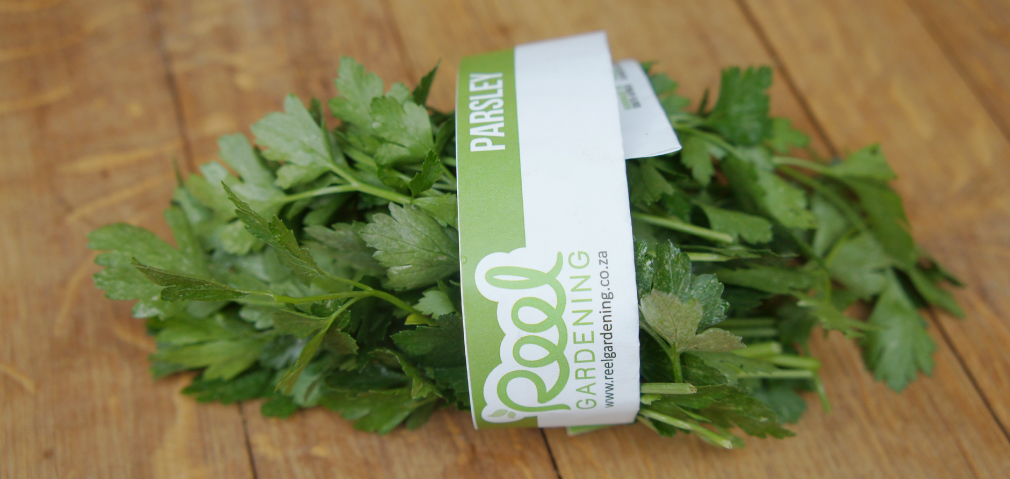
Parsley in the Garden:
Reel Gardening parsley is easy to grow. Simply plant your seed tape vertically in your soil with the coloured part visible above the ground. Make sure it is in a sunny spot and water each day. Click here if you would like to know more about how to plant your seed tape.
It generally takes 10-16 days for parsley to start sprouting (It can take longer up to 3 weeks but from our experience it usually falls between10-16 days), 70-80 days for it to go to flower and 90-100 days to harvest. Parsley needs water everyday especially in summer when water can evaporate from the soil rapidly.
You will know you are ready to harvest your parsley when the leaf stems have 3 segments. Always harvest from the outer part of the plant by picking the bigger mature leaves. Leave the small inner leaves to continue to develop. This can create a continuous cycle of harvesting.
Parsley as with most herbs should be used immediately from harvest for a fresh and stronger flavor but it can be stored for longer (up to 2 weeks) in a refrigerator if you place the stems in a cup of water.
Parsley is a great companion plant and helps the growth of certain plants as well as repelling certain harmful insects. You should grow parsley with tomatoes, carrots, sweetcorn and onions but never grow parsley and mint together. If you would like to know what companion planting is or more about it visit our Companion Planting Blog. When parsley goes to flower, the flowers attract many beneficial insects to the garden too.
Sources:
https://www.almanac.com/plant/parsley
The Reel Easy Guide to Growing – A simple Guide to Garden Care and Maintenance


Nutritional information:
Fresh Parsley contains a ton of nutrients such as vitamin C, vitamin A, vitamin K, vitamin E, vitamin B6, potassium, calcium, magnesium, phosphorus, sodium, thiamin, riboflavin, niacin, folate, iron and zinc.
It is also a great source of antioxidants meaning it can help prevent cardiovascular, neurological and eye conditions. It can assist in diabetes control and lower blood sugar levels. It can prevent the growth of cancer, as it contains apigenin. It can also help prevent osteoporosis as it reduces homocycteine levels, which are known for bone deterioration. It can has a high iron content and contains vitamin C which helps the body absorb the iron more effectively, which can be used as a treatment for anemia. It is known to reduce menstrual cramps and can even help balance hormones making it great for menopausal women.
As a tea, it can naturally cleanse the kidneys (as a diurectic) helping to treat bladder infections and other ailments. This also helps treat bloating, swelling or water retention. Parsley also contains flavonoids and can help detox the body from heavy metals and toxins. It contains enzymes that help improve digestion and can be used as a natural way to stop acid reflux and settle the stomach.
It can help boost your metabolism and is a low calorie food with a high nutrient content making it an ideal food to assist in weight management.
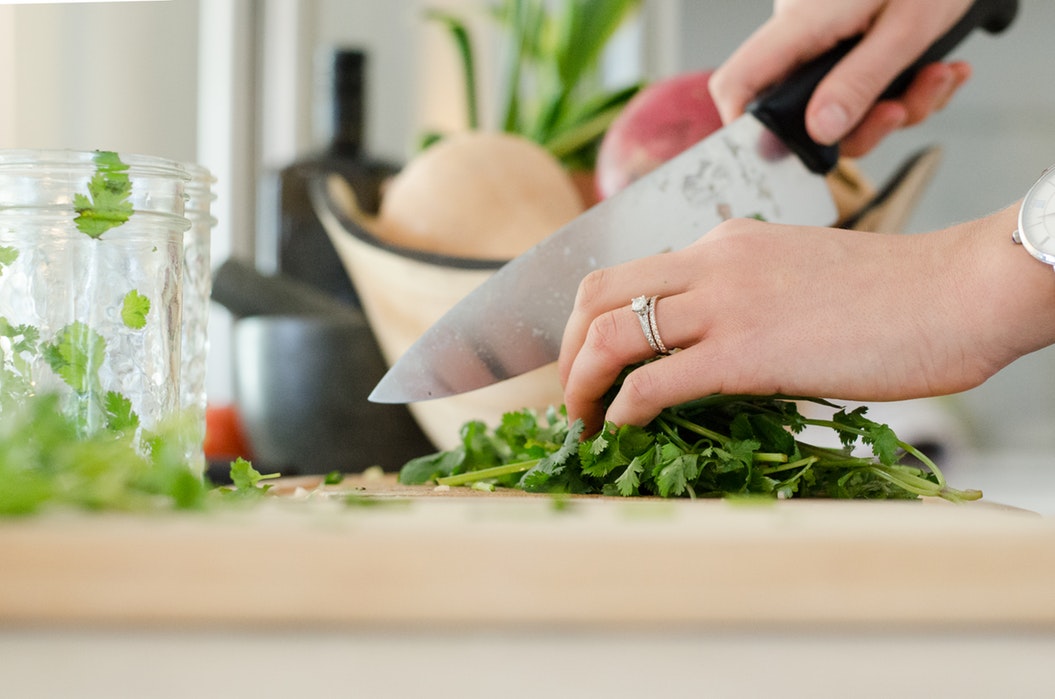

It is an anti-inflammatory and can be used to help with toothaches, bruises, insect bite, ect. It has collagen producing properties and can help reduce the appearance of dark marks on the skin such as blemishes and scars. Its anti-inflammatory properties have also been known to contribute in pain relief from arthritis.
It can also help with oil control and acne and is great to use in a mask directly applied on the skin. It has antibacterial and antifungal properties that can potentially prevent skin ailments. Chewing fresh parsley can even help combat bad breadth.
Read more about about how to dry and store parsley here.
Sources:
https://www.organicfacts.net/health-benefits/herbs-and-spices/health-benefits-of-parsley.html

Recipe:
Parsley is extremely versatile and can be used as a garnish on most foods, added to salads, blended in smoothies, dried, juiced and even crushed with garlic. It is delicious and is commonly liked by everyone. We have a great food and skin care recipe for you to try…
If you are looking for a delicious way to add more parsley into your diet this is a simple recipe for you.
Parsley Spread (dip)
1 cup parsley (If you want a stronger taste you can add more)
3 chopped cloves garlic
2.5 cups well cooked chickpeas
2 tsp apple cider vinegar (your can use lemon juice)
2 tbsp nut butter (macadamia, tahini, almond, peanut)
½ cup to a cup of water
Salt & pepper to taste
1 tsp Seed Mix (flax, sesame, sunflower, pumpkin)

Place parsley, garlic, chickpeas, apple cider vinegar, your choice of nut butter, and salt & pepper in a food processor. Blend on high slowly adding in water till the spread reaches your desired consistency. Place the now smooth spread in a dish and top with the seed mix. Store left overs in a jar in the fridge. You can use this spread for your toast, sandwiches, rice cakes or even as a dip for some carrot and cucumber sticks.
Enjoy…
Wishing you an abundance of Herbs, Health and Happiness always! xx
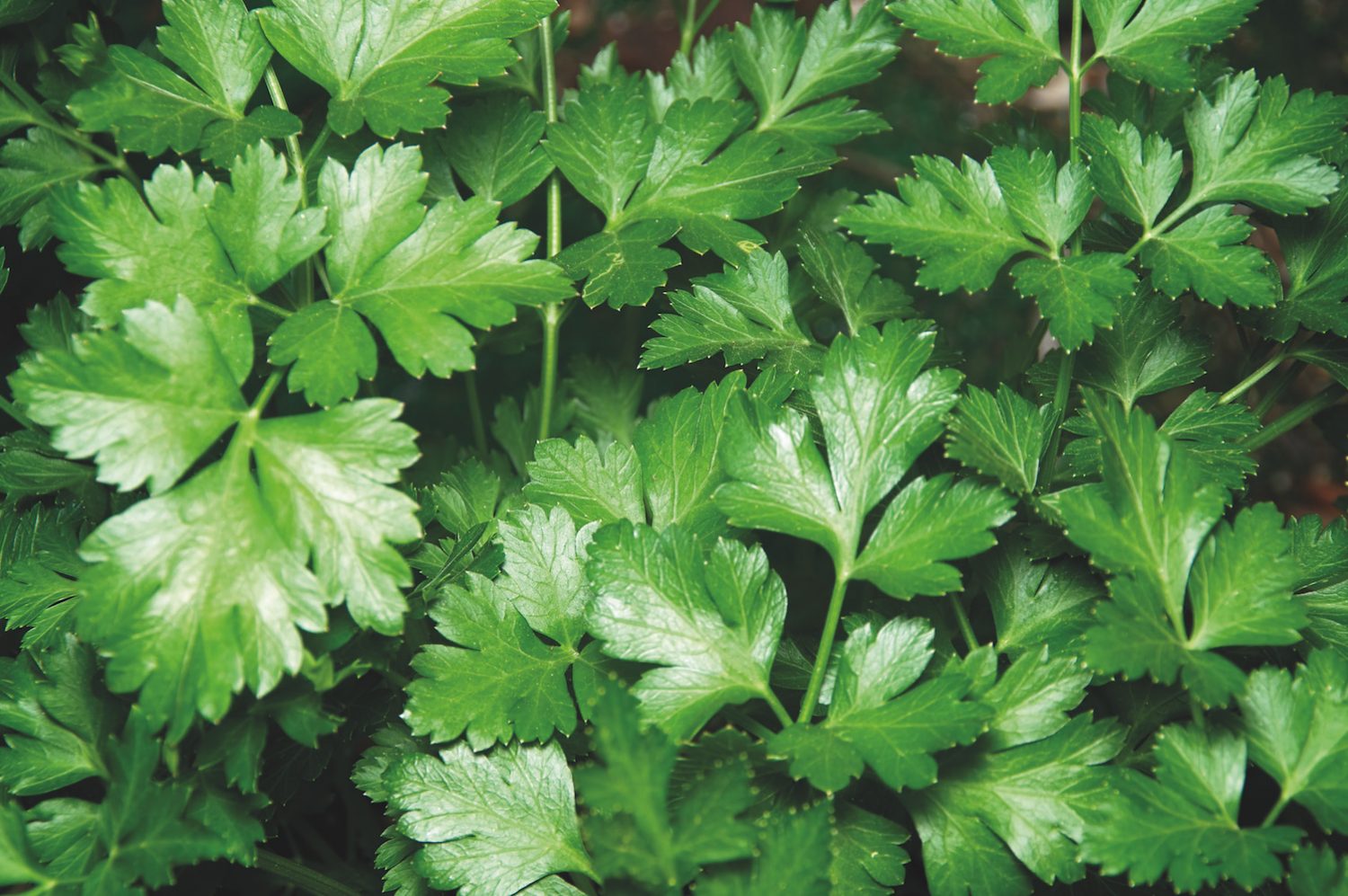



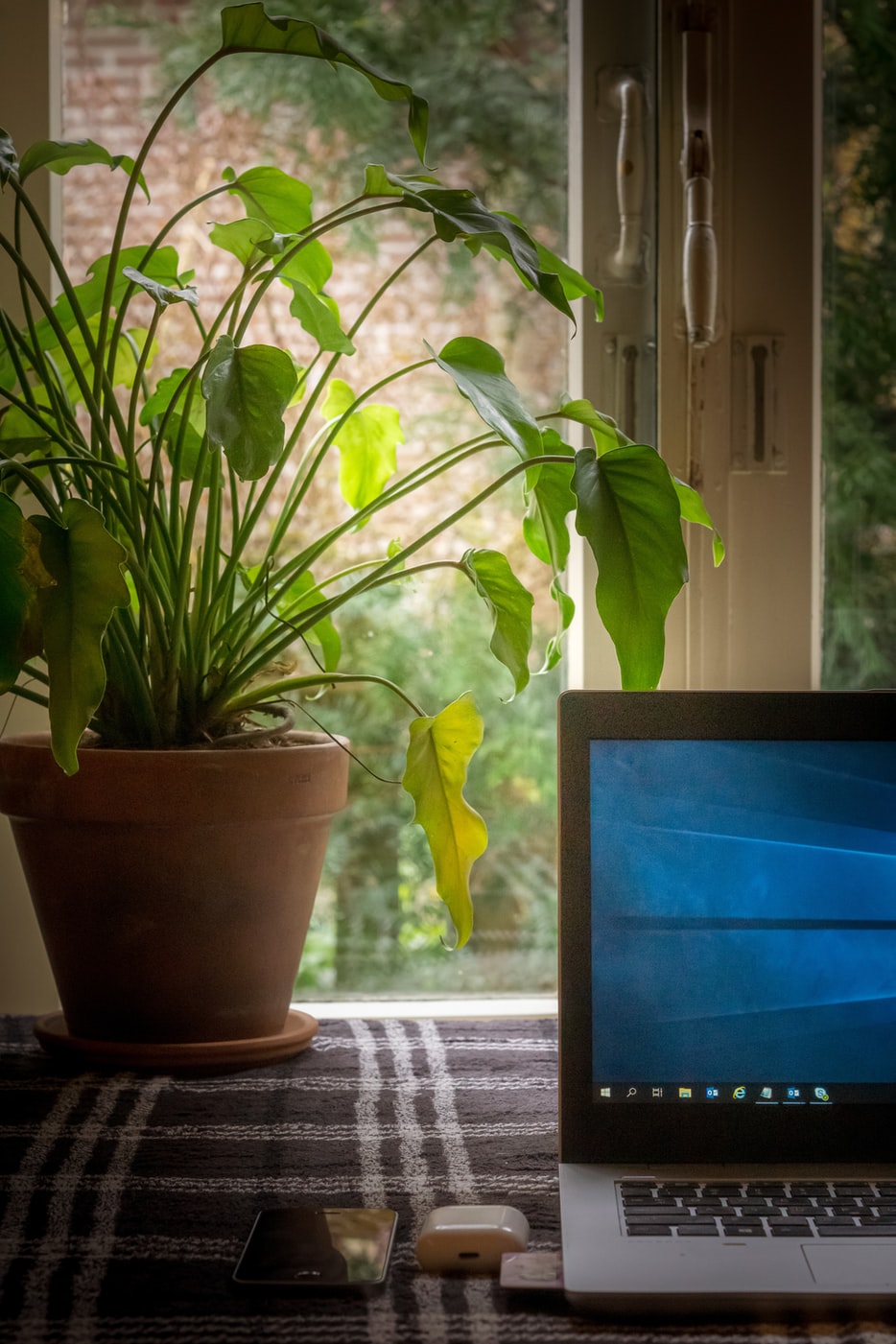

 South Africa
South Africa USA
USA